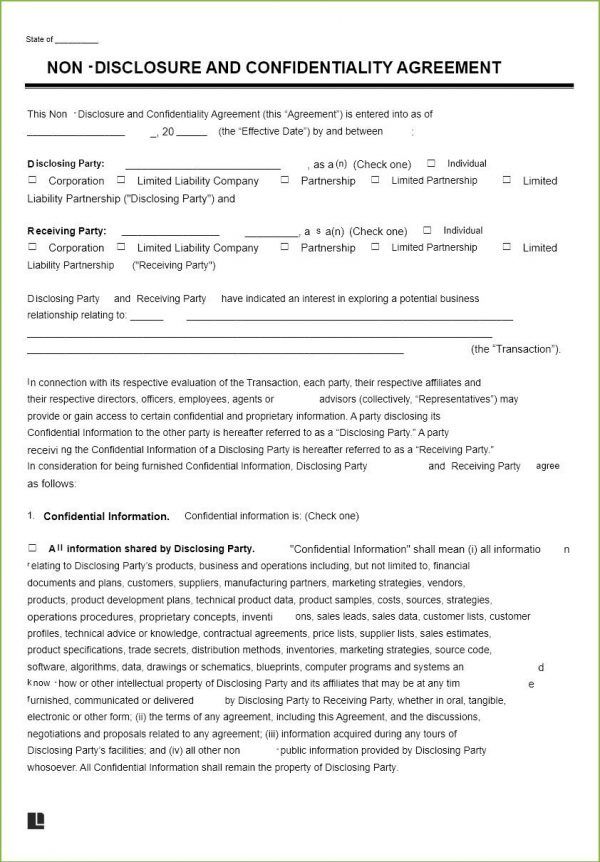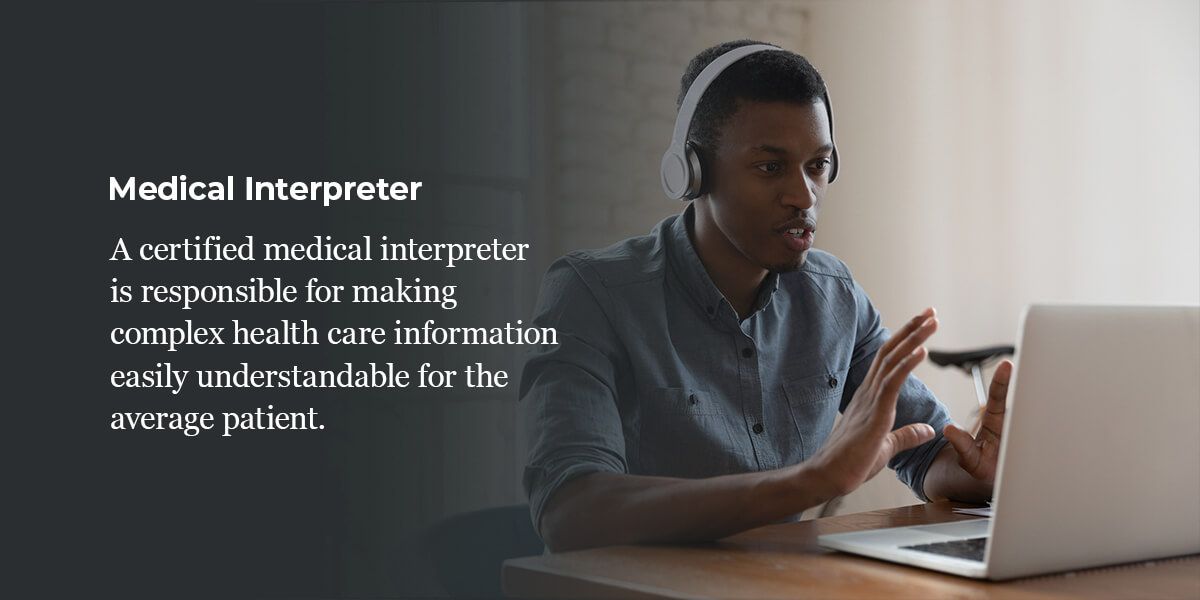In the ever-evolving field of medicine, accurate communication is paramount. From patient consultations to research findings, clear and precise information can mean the difference between life and death. This is especially true when it comes to translating medical records.
Why Accuracy is Crucial
Medical records are a crucial component of patient care. They contain vital information about a patient’s medical history, allergies, medications, and treatment plans. Any inaccuracies or mistranslations in these records can have serious consequences.
For example, if a patient’s allergy information is mistranslated, they could be given a medication that could have life-threatening implications. Similarly, if a doctor’s treatment plan is not accurately translated, a patient may not receive the proper care they need.
The Risks of Inaccurate Translation
Inaccurate translation of medical records can also lead to misdiagnosis, improper treatment, and overall poor patient outcomes. This is why it is essential for medical professionals to work with translators who are not only fluent in the target language but also have a deep understanding of medical terminology.
The Benefits of 100% Accuracy
When medical records are translated with 100% accuracy, patients can receive the appropriate care no matter where they are in the world. Accurate translation also ensures that medical professionals have a complete understanding of a patient’s medical history, allowing for better-informed decision-making.
Choosing the Right Translator
When it comes to translating medical records, it is crucial to choose a translator who is not only fluent in the target language but also has a background in medicine. This ensures that the translation is accurate and free from errors.
Additionally, working with a professional translation agency that specializes in medical translations can provide an added layer of quality assurance. These agencies often have stringent quality control measures in place to ensure that all translations are accurate and consistent.
The Future of Medical Translation
As technology continues to advance, the field of medical translation is also evolving. Machine translation tools are becoming increasingly sophisticated, but they are not without their limitations. While they can provide a rough translation of medical records, they lack the nuanced understanding of human translators.
In the future, we may see a combination of human and machine translation tools working together to provide the most accurate translations possible. This hybrid approach could help streamline the translation process while maintaining the high level of accuracy that is essential in the medical field.
In conclusion, translating medical records with 100% accuracy is essential for ensuring the highest quality of patient care. By choosing the right translator and working with professional translation agencies, medical professionals can help bridge language barriers and provide accurate and reliable information to patients around the world.



